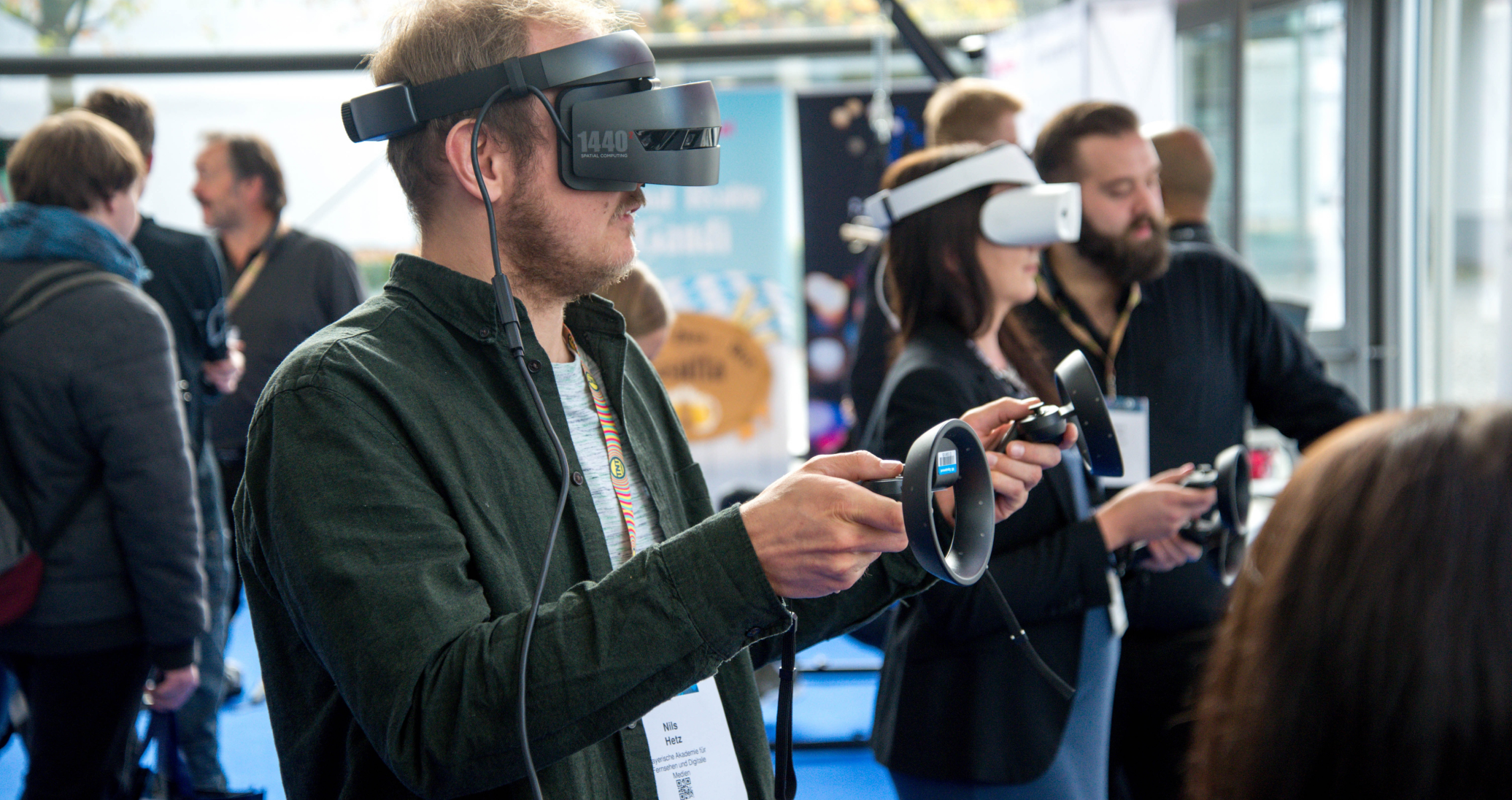There is no doubt that virtual reality is taking over the world. It’s predicted that 43. 5 million VR headsets will be sold by 2025, serving a market that’s projected to reach a value of $5.3 billion by 2023.
Virtual reality (VR) is a combination of interactive software and hardware that immerses you in a digitally simulated experience. In a business sense, VR allows consumers to get a true feel of the brand and product without actually committing to buying it – and helps the brand stand out from the crowd with future-facing appeal.
By 2015, 75% of the Forbes World’s Most Valuable Brands created VR projects for their customers or employees. From food to cars, hotels to universities, VR is an interactive, interesting and fun way to engage customers – particularly during the pandemic era.
But even before we were isolated by COVID-19, VR projects were growing in popularity across major brands. In 2016, IKEA launched their VR kitchen experience, allowing customers to virtually explore and remodel their kitchen. Users could adjust their height to view the environment from a child or adult’s perspective, interact with the IKEA furniture and appliances and even cook the iconic IKEA meatballs.
“Though gaming is at the heart of virtual reality, it is clear that the technology’s non-gaming potential applications are massive as well,” gaming website Gamespot said.
“Being able to virtually shop for IKEA furniture is just one example”.
In a similar way, the American home improvement store Lowe’s incorporates a ‘Holoroom How To’, a VR tool that helps teach customers how to do DIY projects. Not only is it a fun activity where you virtually paint walls or tile floors, but it is a memorable, almost-gamified experience that demonstrates best practice in how to use the store’s products.
Other interesting innovations with VR technology include Topshop, who used virtual reality to provide a catwalk experience from London Fashion Week, and later won an Event Technology award for Best Virtual Event. Audi claimed to have launched the world’s first VR system in the automotive retail industry in 2016, allowing customers to have a very realistic experience exploring the individually configured cars. The Marriott Hotels had a similar experience called ‘The Teleporter’, where users were virtually transported to various locations around the world to showcase that the Marriott is global and will always be there for you.
In terms of storytelling, New Zealand’s Fire and Emergency released a 360 VR video where users experienced what a real house fire is like. The video featured facts and tips about how to prevent fires, while also incorporating strong sounds and visuals of a real emergency situation.
Even educational institutions have integrated VR into their campaigns. While recruiting students, New York University sent future engineering students a cardboard VR device to experience a virtual tour of Mars. Not only did the VR showcase how NYU stands out from other schools, but the tour illustrates the skills and experiences that potential students could have at the university.
The applications of VR for brands are endless – because it can literally make anything happen. As we recover from COVID-19, finding ways to be together and have experiences safely are essential to our communities and our mental health. The true potential for VR is only just beginning to be realised.

